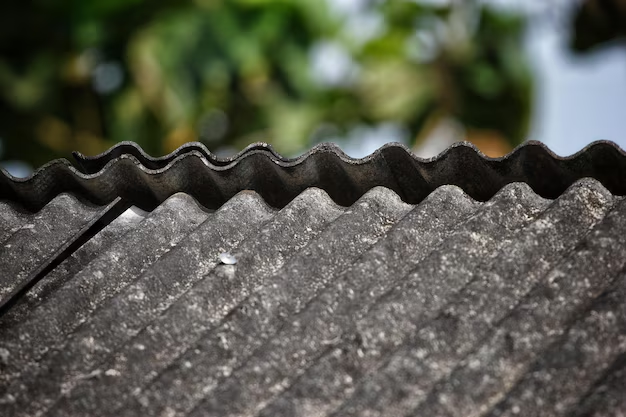Need to Fix Your Roof? Step-by-Step Guide to Replacing Shingles
Your roof is your home's frontline defense against weather extremes, and keeping it in good shape is crucial. Whether you're dealing with storm damage or simply need to fix a few worn-out shingles, knowing how to replace roof shingles can save you both money and stress. Here's a practical, step-by-step guide to help you tackle roofing repairs with confidence.
Getting Started: Assess and Prepare
Before you begin, evaluate the damage to understand the extent of repairs needed. Is it just a couple of missing shingles, or do you need to replace a larger section? This assessment will help you gather the appropriate materials and tools.
Materials and Tools You'll Need:
- Replacement shingles
- Roofing nails
- Hammer or nail gun
- Pry bar
- Roofing adhesive
- Ladder
- Safety gear (gloves, safety harness)
Safety First: Make sure your ladder is stable and placed on even ground. Wear proper footwear to prevent slipping.
Step-by-Step Shingle Replacement
1. Remove the Damaged Shingles
Use a pry bar to carefully lift the damaged shingle and remove the nails holding it in place. Be gentle to avoid damaging the surrounding shingles. If the shingle is stubborn, apply a bit of heat with a hairdryer to make the adhesive more pliable.
2. Prepare the Area
Once the damaged shingle is removed, inspect the underlying felt paper. If it’s torn, patch it up using roofing adhesive and a small piece of new felt. This ensures the roof remains watertight.
3. Install the New Shingle
Slide the new shingle into place, aligning it with the existing shingles. Nail it down with roofing nails along each tab, ensuring they’re securely fastened but not overdriven.
4. Seal the Shingle
Apply roofing adhesive under the tabs of neighboring shingles to seal the new shingle in place. This prevents wind lift and water infiltration.
5. Check Your Work
After installation, ensure that the new shingle sits flat and secures seamlessly with the existing roof structure.
Maintenance Tips
- Regularly inspect your roof for damage, especially after severe weather.
- Clean your gutters, as blocked drains can lead to water damage and shingle deterioration.
Financial Considerations: Exploring Aid Options
Repairing or replacing roof shingles can sometimes prompt unexpected expenses. If you're worried about the financial strain, consider the potential aid and resources available:
Financial Assistance Programs
- 🏡 Federal Aid: Programs like the Weatherization Assistance Program (WAP) help low-income families improve energy efficiency, which may include roof repairs.
- 🔨 State or Local Grants: Many states offer specific home repair grants or low-interest loans for homeowners. Check your local government websites for available options.
- 💳 Credit Solutions: If out-of-pocket expenses are necessary, explore credit card options with low interest or introductory APR offers.
- 📚 Educational Grants: For those looking to develop skills for DIY home improvements, some community colleges offer courses that may be eligible for educational grants.
Debt Relief and Credit Repair
- 📝 Debt Consolidation: Consider consolidating high-interest debts into a single loan with a lower interest rate to manage payments better.
- 🔍 Credit Counseling: Organizations offer free or low-cost counseling to help manage debt and improve credit.
Keeping your roof in good condition not only protects your home but also your peace of mind. With this guide, you can tackle shingle replacement effectively, and with the right financial strategies, even significant repairs don't need to be a financial burden. Remember, investing time in regular maintenance and repairs today can prevent costly replacements in the future.
